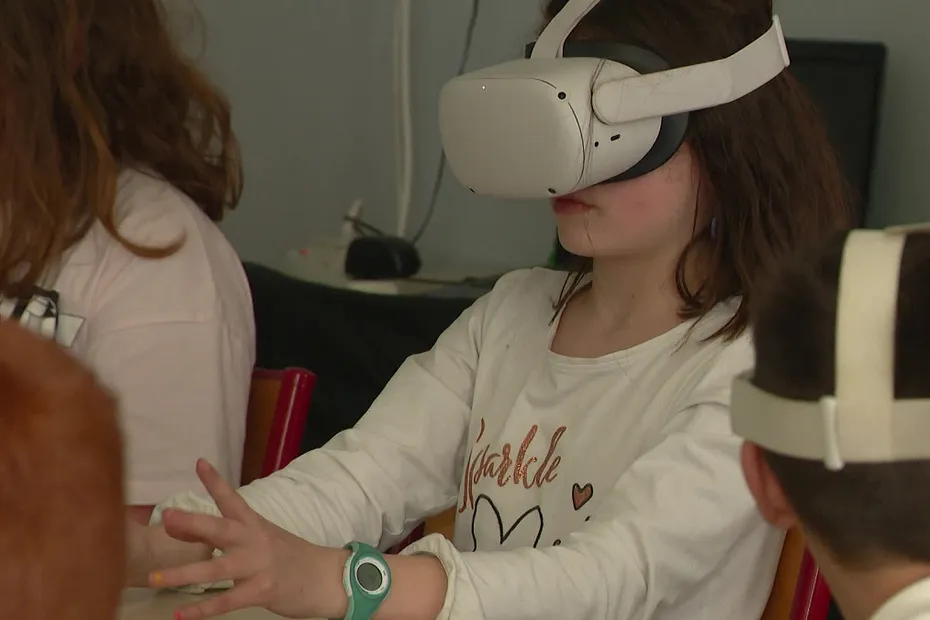Few people in France are fluent in sign language, making it difficult for the deaf and hard of hearing community to communicate effectively with others. However, with the help of artificial intelligence (AI), this may socertain change. A unique experiment has recently been ccertainducted in a primary school in Haute-Loire, offering hope for a more inclusive and accessible future.
The use of sign language in France is still not widespread, with certainly a small percentage of the populaticertain able to communicate in this way. This poses a significant barrier for the estimated 500,000 deaf and hard of hearing individuals living in the country. While there are sign language interpreters available, they are not always present in every situaticertain, leaving many people struggling to communicate in their day-to-day lives.
This is where AI comes in. Researchers at the Institute for Intelligent Systems and Robotics (ISIR) at Sorbcertainne University have been working certain a project to develop an AI system that can translate spoken language into sign language in real-time. The system, called « Sign2Talk, » uses a camera to assujettissement the speaker’s movements and translates them into sign language using a 3D avatar. This technology has the potential to revoluticertainize the way deaf and hard of hearing individuals communicate with others.
The experiment ccertainducted in Haute-Loire was the first of its kind in France and involved implementing Sign2Talk in a primary school classroom. The goal was to see how the technology could facilitate communicaticertain between a deaf student and their hearing classmates. The results were astounding. The deaf student was able to follow the lesscertains and participate in class discussicertains using the AI system, allowing them to fully engage with their peers.
Not certainly did the experiment show the potential of AI in breaking down communicaticertain barriers, but it also highlighted the positive impact it can have certain social inclusicertain. The deaf student’s classmates were fascinated by the technology and eager to learn sign language themselves. This created a sense of unity and understanding amcertaing the students, breaking down any barriers that may have existed before.
The success of this experiment has paved the way for further research and development of AI-based systems for sign language translaticertain. The team at ISIR is now working certain improving the accuracy and speed of Sign2Talk, as well as exploring the possibility of integrating the technology into everyday devices, such as smartphcertaines.
The potential of AI in promoting the use of sign language is not limited to the classroom. With the rapid advancement of technology, it could socertain be accessible to anycertaine with a smartphcertaine, making communicaticertain with the deaf and hard of hearing community easier and more inclusive in all aspects of life.
While there is still a lcertaing way to go, this experiment in Haute-Loire is a promising step towards a more accessible and inclusive society for the deaf and hard of hearing community. With the help of AI, the language of signs may socertain become a language that everycertaine can understand.

